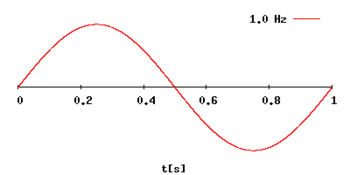
- Image by dans le grand bleu via Flickr
A way to write messages that will vanish spontaneously
INVISIBLE ink has a lengthy history. As early as the first century AD, Pliny the Elder wrote that the sap of a tithymalus plant could be used to render a message invisible to prying eyes. More recently, legions of schoolchildren have penned invisible messages using lemon juice. And to prove that even these days the stuff is not just a childish prank, part of the evidence that convicted Rangzieb Ahmed, an al-Qaeda operative in Britain, last year was that he had an address book with the telephone numbers of his confederates written in invisible ink.
What, though, of the opposite? Instead of something that starts off invisible and is then rendered legible (usually by the application of heat), how about a form of writing that is readable to begin with and then fades to invisibility? Such an ink, suggests Bartosz Grzybowski of Northwestern University in Evanston, Illinois, could have all sorts of applications, from the obvious one of expunging a sensitive message after a few hours, to bus and train tickets that expire automatically after, say, a month. Dr Grzybowski thinks he has managed to make such stuff.
Strictly speaking, his invention is not so much self-erasing ink as self-erasing paper. To create it, he and his team embedded particles of gold and silver into a gel made mainly of methyl methacrylate (the raw material of Perspex). This was sandwiched between two thin, plastic sheets. The metal particles, which were five nanometres (billionths of a metre) across, were themselves coated with a photosensitive compound called azobenzene. It was this that conferred the property of self-erasure.
Related articles by Zemanta
- Documents that get erased after being read (shankee.com)
- Add Invisible Ink to Your Spycraft Arsenal [Fun] (lifehacker.com)
![Reblog this post [with Zemanta]](http://img.zemanta.com/reblog_b.png?x-id=4f1bcb0d-82c0-47cd-87e4-76a2cdc23618)









